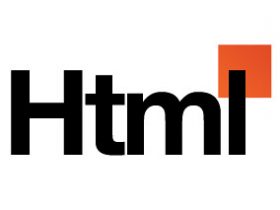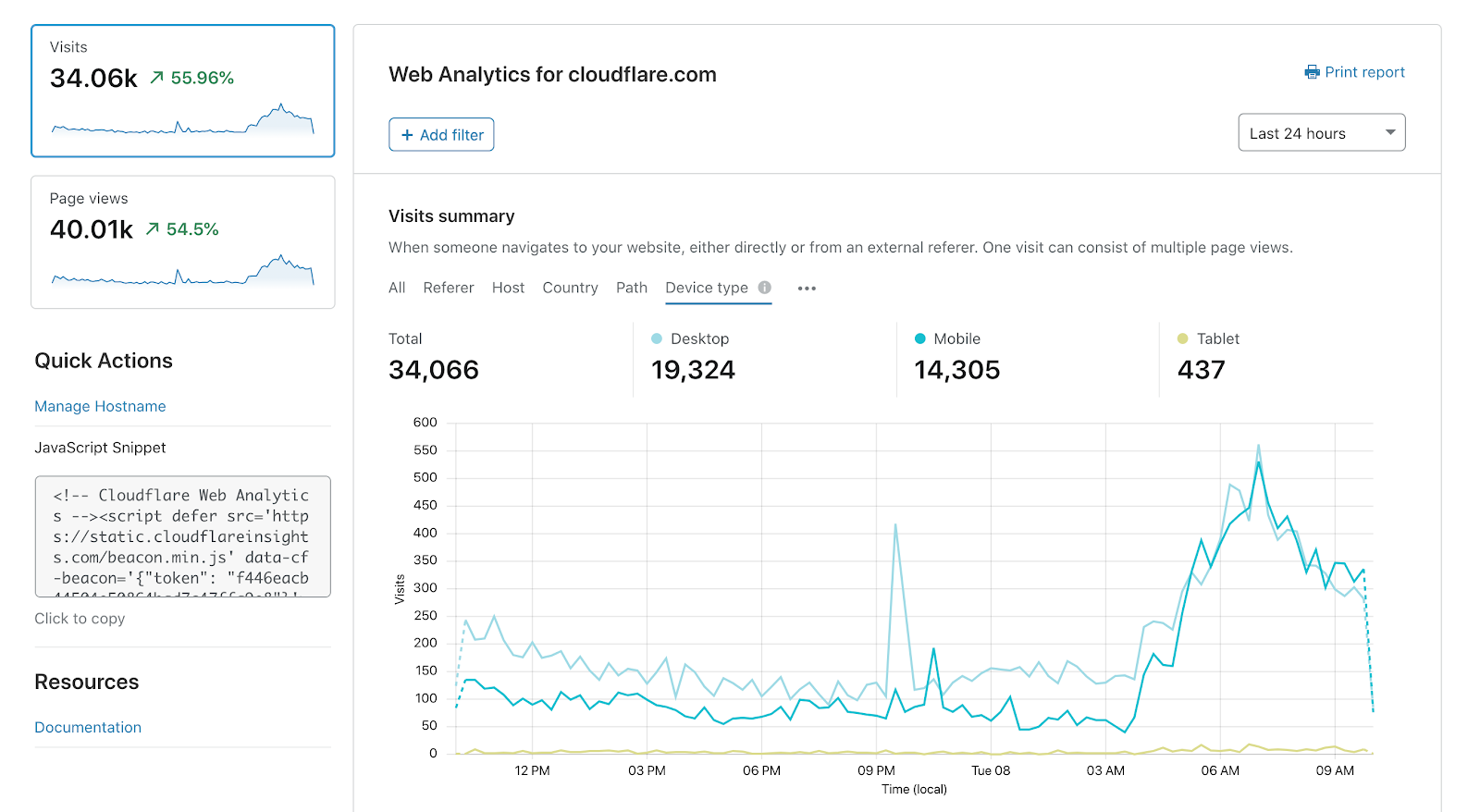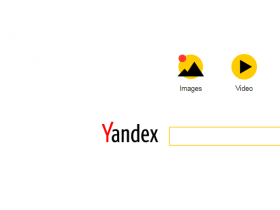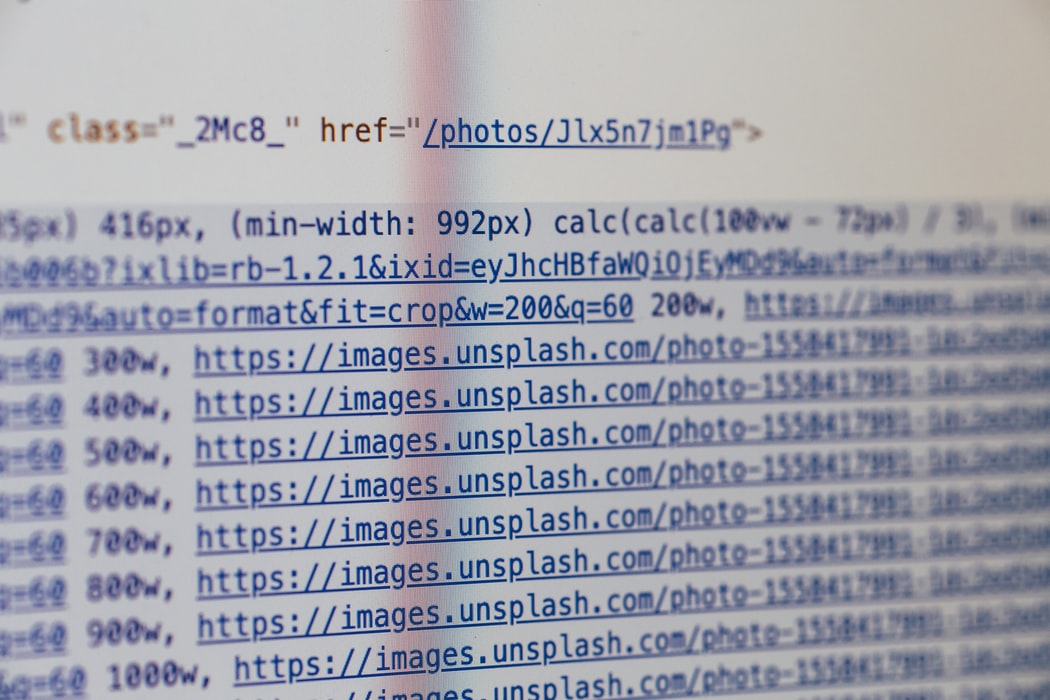How to Fix an Error Establishing a Database Connection in WordPress

WordPress users will find setting up an error blog very difficult to do. If you are new to blogging then you must have encountered a problem of establishing a database connection by yourself. In case of WordPress database problems it can be solved easily by the help of some simple steps which can be followed here. These steps will definitely solve all your problems regarding connection and saving of data.
In case of any sort of error while trying to connect WordPress with a database you should first check if the server is responding to the request properly. You need to make sure that the address you are giving for connection is correct. The error message may appear in the form of an error code or could be a list of variables such as ADDRESS, FTP SIZE, MySQL connection, and so on. The variables mentioned here will be different for various WordPress versions.
You should then make a note of the IP address given. Log into your WordPress administration area and then go under settings. This will bring about a screen where you will have to select “IP settings.” There you should enter the IP and port of your server. You should leave all the other settings as they are default and the default options will do fine. Then save these settings.
The next step is then to run your FTP connection. If your FTP does not support PHP then use your favorite browser to upload the file. If the file is successfully uploaded then your connection should be established successfully. It is possible that there might be a small problem at this point. If there is a problem, then you need to go back to your data directory and try again.
If your FTP still refuses to accept data, then check the error messages that pop up on your screen. They could be caused by various issues including security, incomplete files, missing links, and others. You can then either open up the database connection dialog box or alternatively use the MySQL control panel to fix the problem. Use the open database connection option to re-establish the connection for the database. This should be done in the context of the main user so that you won’t have to change anything else. If everything was completed properly, then you can now proceed with restoring the data.
Apart from MySQL, there are many other commonly used open source solutions which work well with WordPress. These include PHP, apache, Drupal, ColdFusion, and many more. These programs are easily available on the Internet and you will be able to install them using your favorite FTP program or through a command line interface.
When using any of these scripts, it is highly recommended that you change your SSL certificate. By default, when you create an account with WordPress with an existing hosting provider, the provider will create the necessary SSL certificate for you. You can then instruct your webserver to accept only these SSL certificates and prevent others from accessing your website. You can either instruct your web server to use a self-signed certificate or you can instruct it to use a custom signed one. Either option will ensure that you have full control over who has access to your database and the integrity of the information contained in it.
There are some more advanced methods which are quite effective in preventing WordPress users from unwittingly overriding the security settings. You can prevent other users from being able to make changes to the database by using the All Users feature in the Security Options of the Dashboard. You can also lock down the level of password access. The most basic security precautions such as changing the password every so often are not enough. It is advisable that you implement the tips and tricks detailed in the article at the very least for improved WordPress database security.




